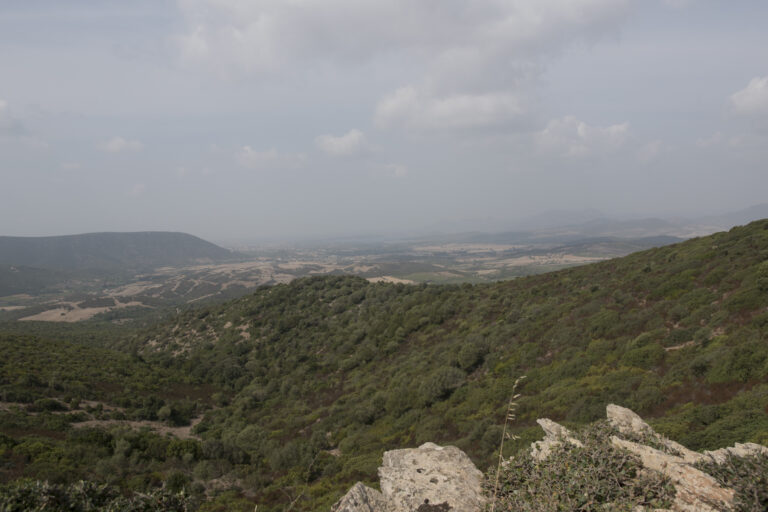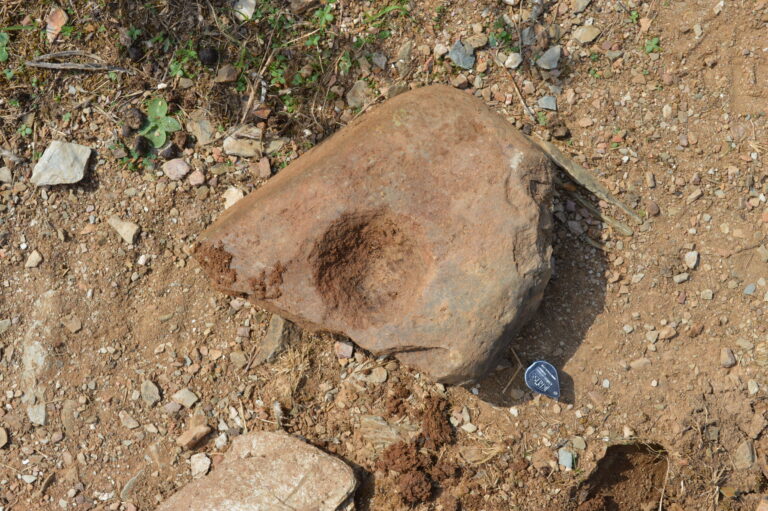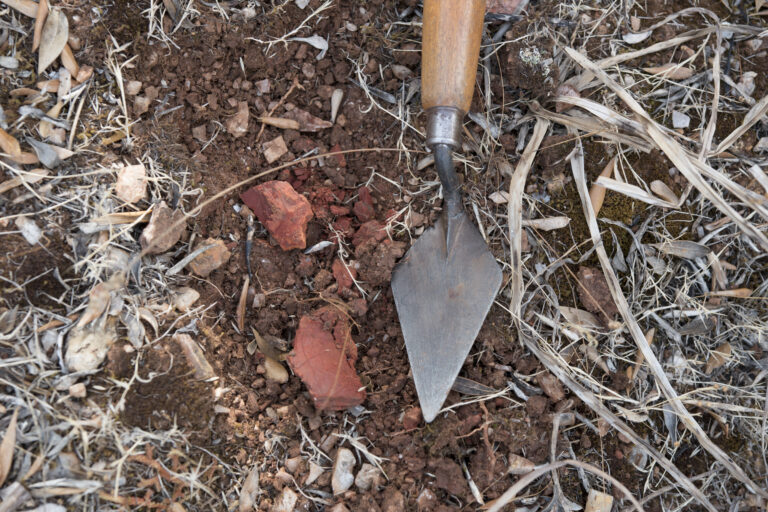Prehistoric Mining in Sardinia - Mining and Raw Materials Archaeological Research Approaches to Resource Appropriation Using the Example of the Sulcitana
ReForm Scholar
Metallurgy, raw material networks and related provenance studies have long been a focus of Mediterranean prehistory and early history research.
Due to its geographical location, Sardinia plays a special role as a link between the Italian mainland, Sicily, North Africa, the Iberian Peninsula and the southern coast of France. Not least because of its relative abundance of raw materials – especially polymetallic lead, copper, zinc and silver ores, but also gold, iron and tin – the Mediterranean island has been the focus of archaeometrical-metallurgical research efforts for many years.
Despite their extraordinary importance for the prehistory and early history of the Mediterranean, both the processes of raw material extraction and the metallurgical chaîne opératoire in Sardinia have not yet been adequately researched.
The aim of the dissertation project is to gain insights into prehistoric resource appropriation using the example of the Sulcitana region (south-west Sardinia) and thereby develop concepts for early landscape use.
The surrounding area of the municipality of Santadi, located in the south-west of the province of southern Sardinia, represents a promising study area according to first impressions. Archaeological excavations in the Monte Meana cave south of Santadi have already provided clear evidence of Early to Middle Bronze Age (2100 – 1600 BC) metallurgy and – in combination with silver and copper finds from burial contexts from the Chalcolithic (2700 BC) to the Late Bronze Age (1400 BC) – possibly indicate a higher degree of processes of raw material appropriation and processing in the region. Indirect evidence of mining activities is also provided by hundreds of stone tools that are kept in the museums of Cagliari, Carbonia and Santadi. Empirical studies in the museum archives and a systematic classification of the stone tools should therefore provide a first material basis for mining-archaeological investigations in the region of south-west Sardinia.
However, although resource appropriation is the most direct way of interacting with the environment, such actions have been painfully neglected in Sardinian research. Generally, strategies of resource procurement in prehistoric times are considered pragmatic and less competitive, while metallurgy is associated with a strong ritual charge as well as status symbolism. The planned studies could undoubtedly contribute to verifying or falsifying such axioms – for it is precisely the relationships between mining, metallurgy, ritual and nutritional strategy that are to be considered in this dissertation project and thus contribute to the development of theses on the prehistoric landscape use of Sardinia. Furthermore the integration of landscape archaeological concepts is intended to embed the work in a theoretical context beyond a purely empirical research approach.

Blick über die sardische Landschaft

Pochplatte

